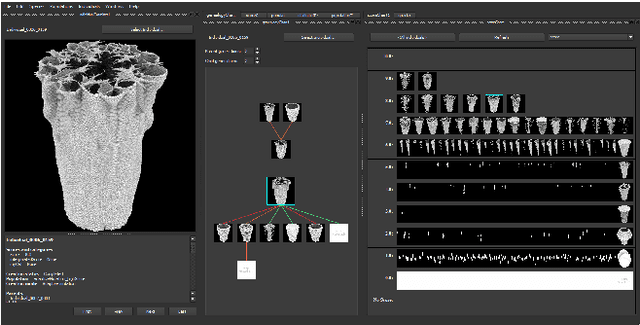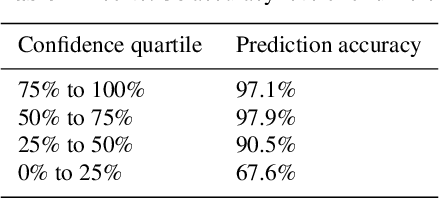Deep Learning of Individual Aesthetics
Paper and Code
Sep 24, 2020



Accurate evaluation of human aesthetic preferences represents a major challenge for creative evolutionary and generative systems research. Prior work has tended to focus on feature measures of the artefact, such as symmetry, complexity and coherence. However, research models from Psychology suggest that human aesthetic experiences encapsulate factors beyond the artefact, making accurate computational models very difficult to design. The interactive genetic algorithm (IGA) circumvents the problem through human-in-the-loop, subjective evaluation of aesthetics, but is limited due to user fatigue and small population sizes. In this paper we look at how recent advances in deep learning can assist in automating personal aesthetic judgement. Using a leading artist's computer art dataset, we investigate the relationship between image measures, such as complexity, and human aesthetic evaluation. We use dimension reduction methods to visualise both genotype and phenotype space in order to support the exploration of new territory in a generative system. Convolutional Neural Networks trained on the artist's prior aesthetic evaluations are used to suggest new possibilities similar or between known high quality genotype-phenotype mappings. We integrate this classification and discovery system into a software tool for evolving complex generative art and design.
 Add to Chrome
Add to Chrome Add to Firefox
Add to Firefox Add to Edge
Add to Edge